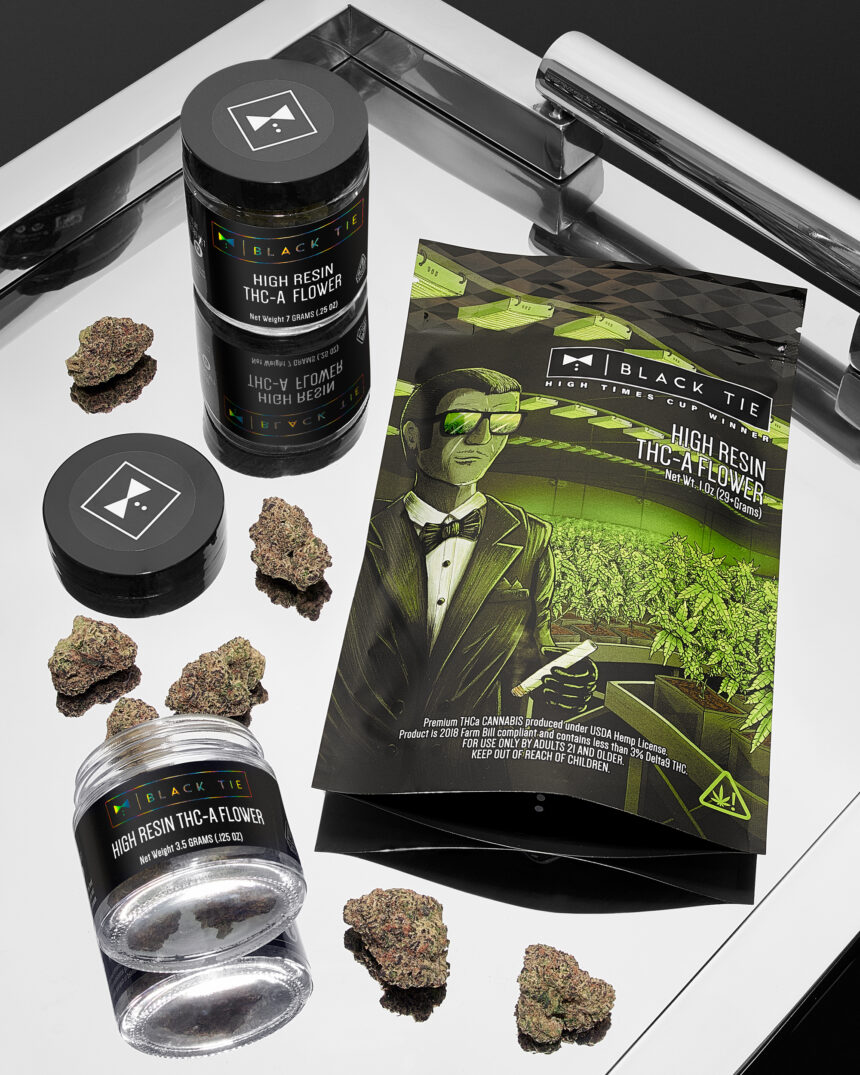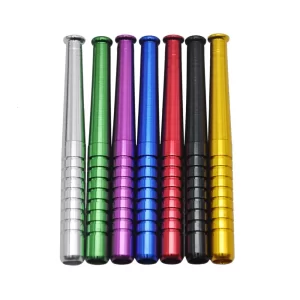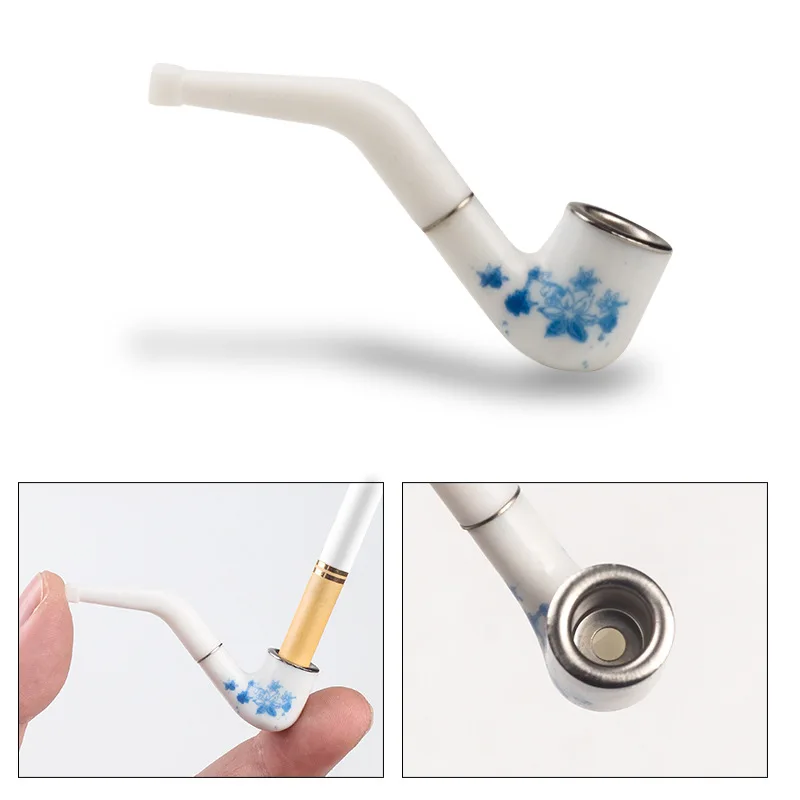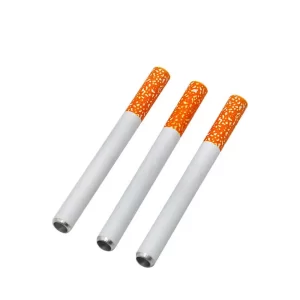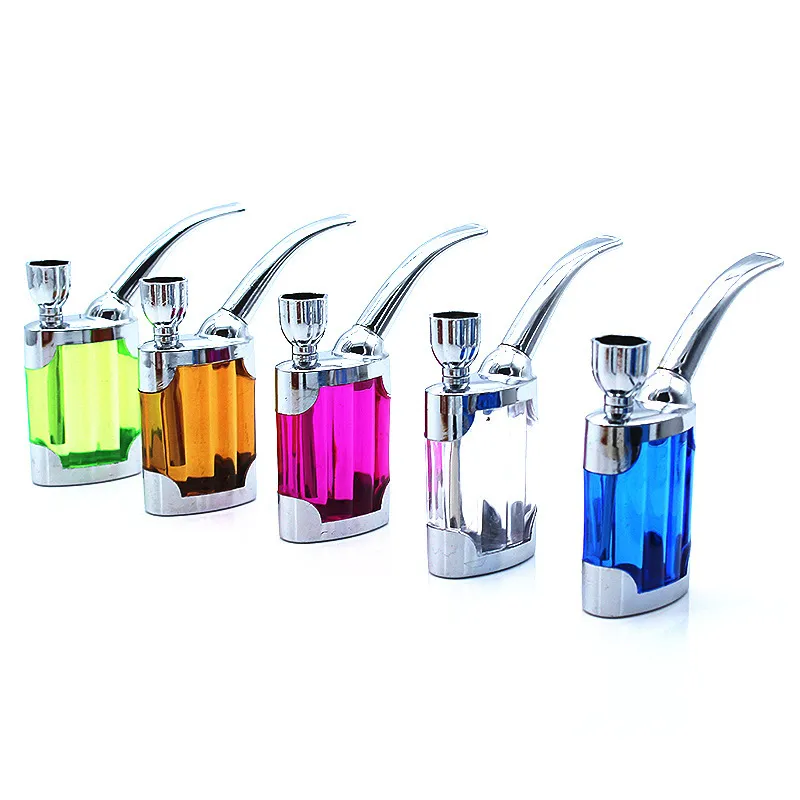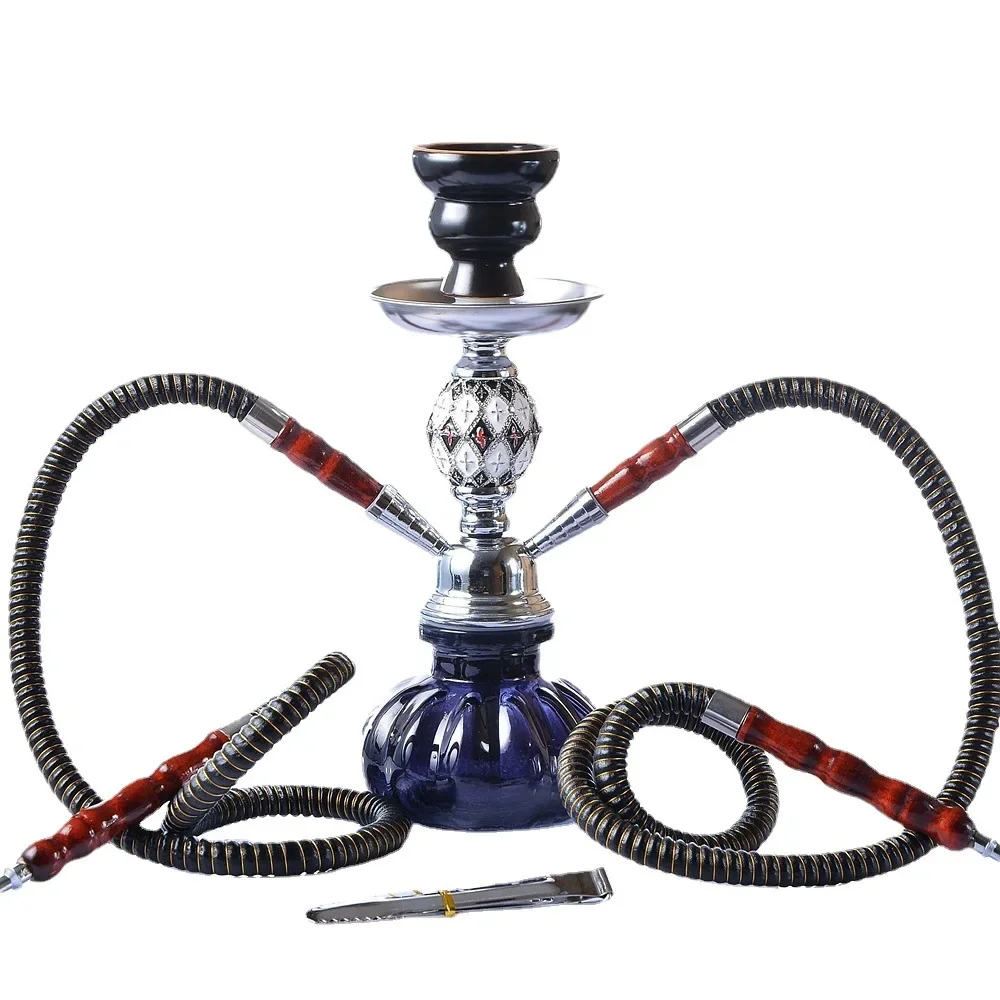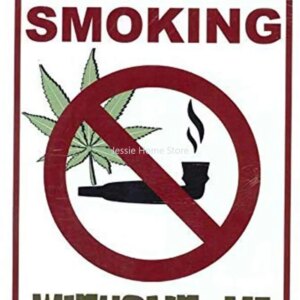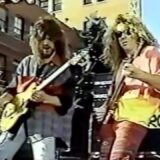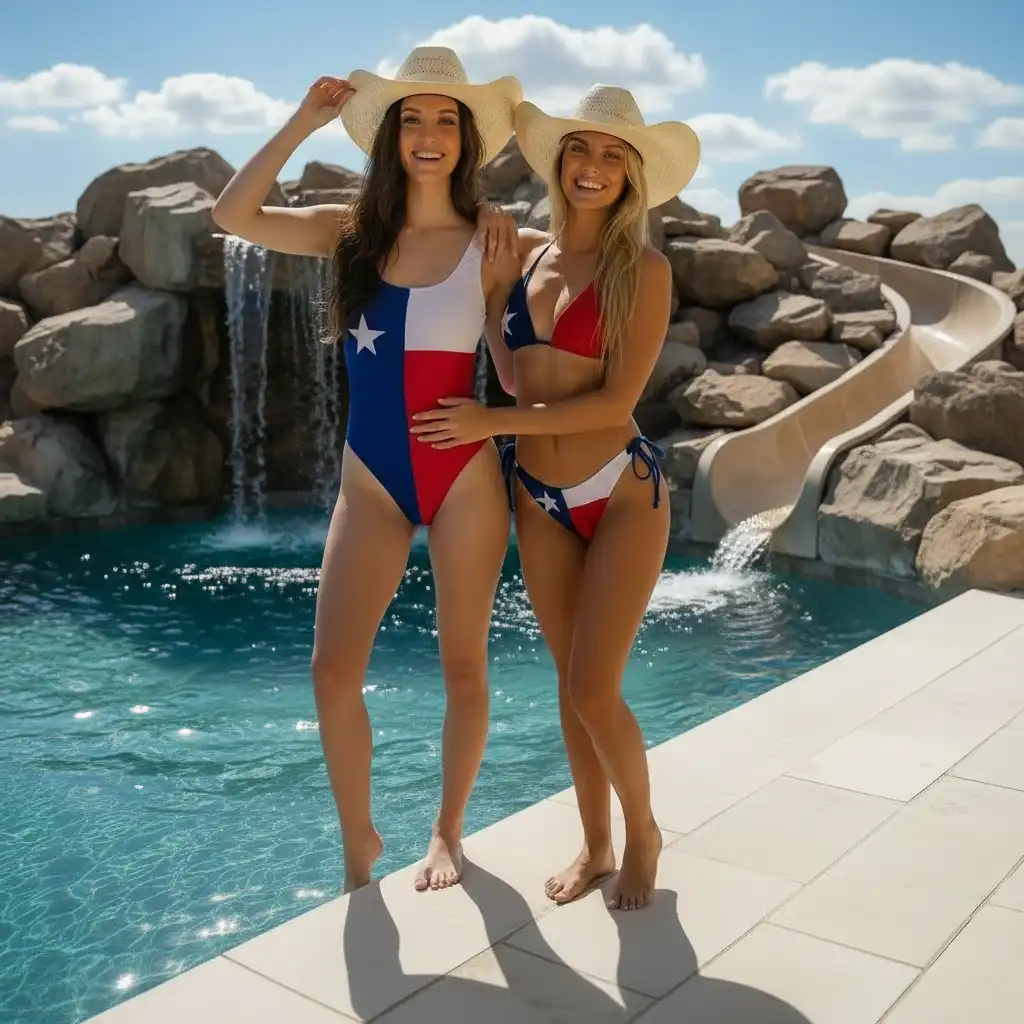When Kyle Copac lights up, he’s not just smoking; he’s reflecting on decades of cannabis culture, change, and persistence. “This is our latest batch of Lemon Cherry Gelato,” he says, explaining how certain strains feel like old friends you always come back to.
That sense of continuity runs through Copac’s story. Raised in Alabama, where cannabis was deeply stigmatized, he never saw a live plant until he was nearly 20. Instead, his first glimpses came through High Times magazine. “High Times had a huge role in influencing my decisions,” he recalls. “I’d read about people like Eddie Lepp, Dennis Peron, and Kyle Kushman; those guys were idols to me.”
High Times as a Gateway
Like many, Copac’s introduction to cannabis started in high school, thanks to an older brother’s friends. He remembers its impact clearly. “I found it incredibly helpful for ADHD. If you’re having a hard time focusing, it can feel like a miracle drug,” he says. But acceptance was far from guaranteed. “My parents definitely didn’t condone it. It was all sneaking out back then.”
That tension, in the plant as medicine versus the weight of stigma, pushed him toward advocacy. “It’s not like you’re doing drugs,” Copac says. “You’re taking advantage of natural alternative medicine. That was a main driver for me early on: wanting to see cannabis become socially accepted.”
After high school, Copac packed up and headed west. Northern California’s Proposition 215 medical program gave him a legal foothold to cultivate, and High Times acted like a guidebook. “I’d see who was winning Cups, read their stories, and try to follow their lead,” he says.
For a young grower, the magazine was proof that cannabis could be both community and career. “Seeing people like Dennis Peron or reading about advocacy work validated the idea that this wasn’t just about getting high. It was about access, rights, and breaking down stigma.”
California’s shift to Proposition 64 with new licenses, zoning, and steep entry costs transformed the landscape. Copac moved north to Oregon and encountered hemp growers. At first, he was skeptical. But the idea of offering a 50-state legal product clicked.
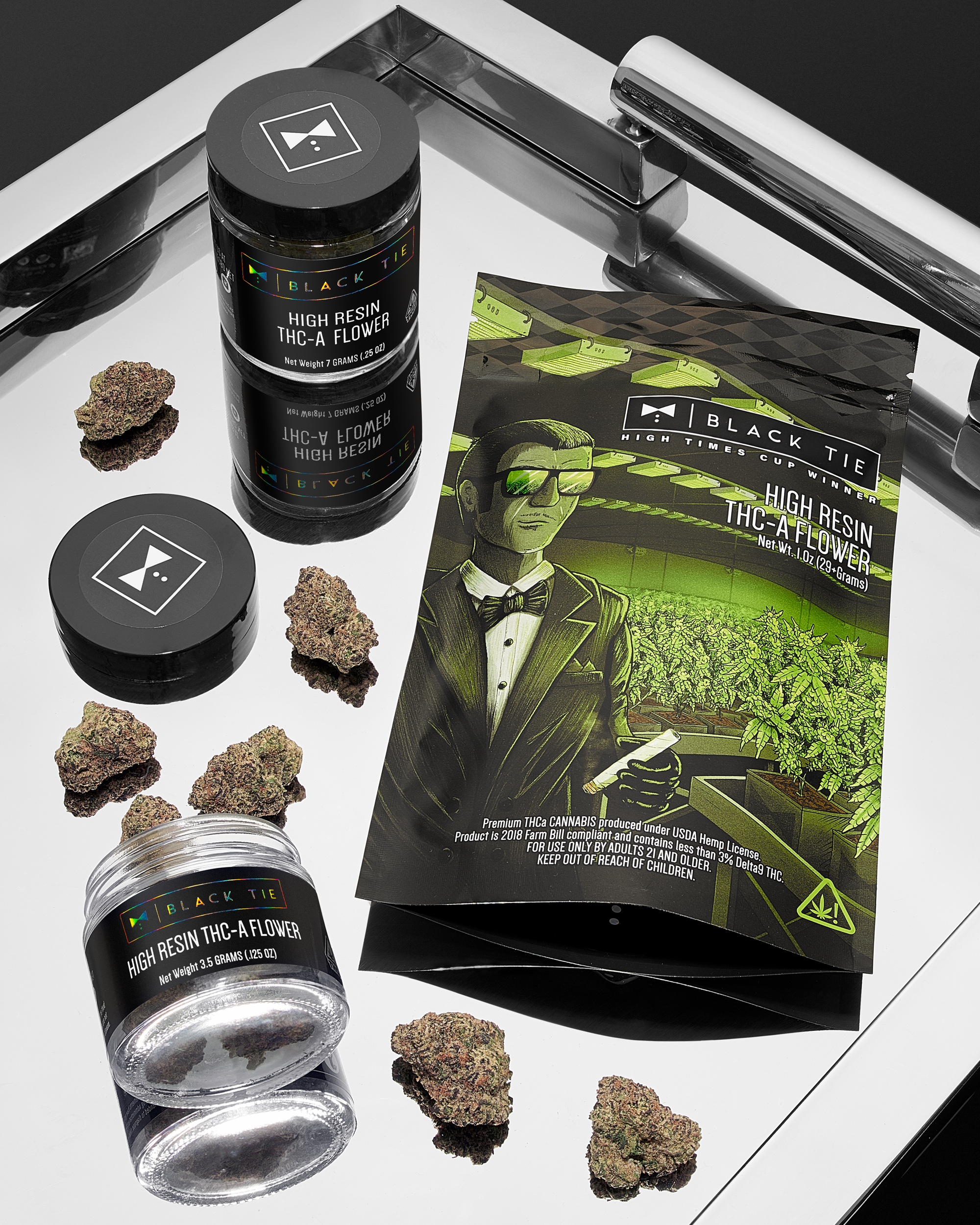
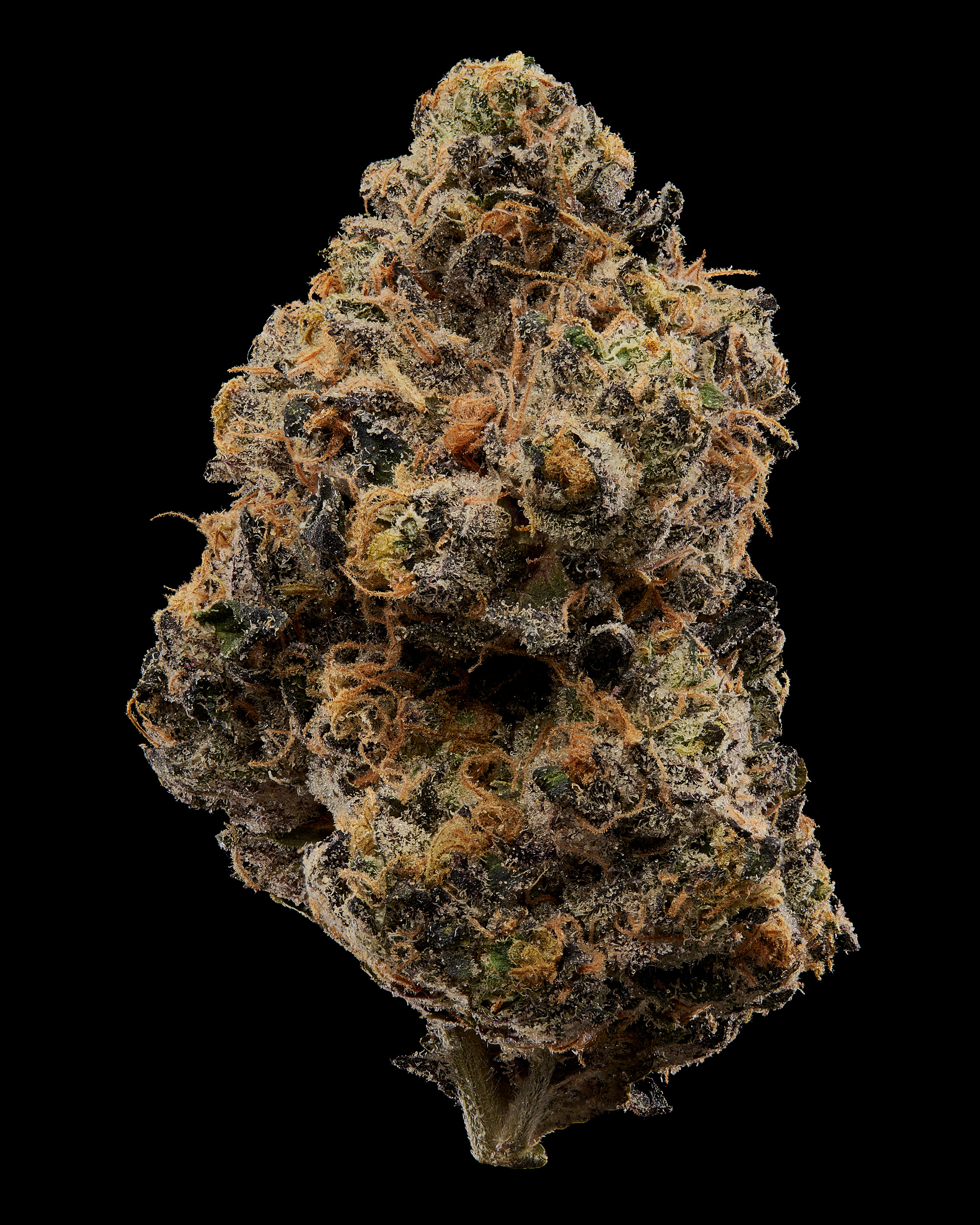
Hemp, Hope, and a Cannabis Cup
“The goal shifted from growing the best cannabis you could grow to growing the best hemp you could grow,” he says. “It was another opportunity to provide cannabis to more people, especially in places where the stigma was strongest.”
In 2018, Copac brought his THCA hemp flower to a High Times Cannabis Cup, something no one had done before. Against a field of traditional cannabis entries, his team at Black Tie placed second. “That was validating,” he says. “If you’re going to lose to anyone, losing to Ball’s Elite Genetics isn’t so bad.”
More importantly, the placement made people curious. “It opened the door for conversations about hemp flower,” he explains. “It was a lot easier to say, ‘Look, this isn’t just me telling you it’s good. High Times thought so too.’”
These days, Copac is back on the East Coast, based in North Carolina. The culture shock has been real. “In California, smoking is overlooked; no one really cares. You’d offend someone more with a cigarette,” he laughs. “Here, you’re in the South again, where stigma is alive, but smoking itself is still part of the culture because of tobacco.”
Hemp shops now dot local streets, something Copac compares to California’s early medical days. “It feels like Prop 215 again,” he says. “Access without the state taxes and heavy-handed regulation.”
Copac doesn’t shy away from the realities of the hemp-versus-cannabis debate. States banning “intoxicating hemp products,” MSOs lobbying to tighten rules, and the ever-present uncertainty of legalization all weigh on the industry. “It’s a shame you can’t coexist,” he says. “But in a capitalistic society, if you’ve spent a lot of money on your license, of course, you want to eliminate competition. That’s just the world we live in.”
Still, he’s committed to rolling with the punches. “Tomorrow isn’t promised in this industry,” he says. “But as long as people want quality cannabis, whatever label the state puts on it, I’ll keep finding a way to provide it.”
Despite the shifting landscapes, one ritual never changes. “I’m a blunt guy,” Copac admits. “I start with blunts, smoke blunts through the day, and end with blunts. Dutchess Irish Fusion is my go-to; it’s got a creamy flavor that doesn’t take away from the terps.”
All images courtesy of Black Tie CBD.



